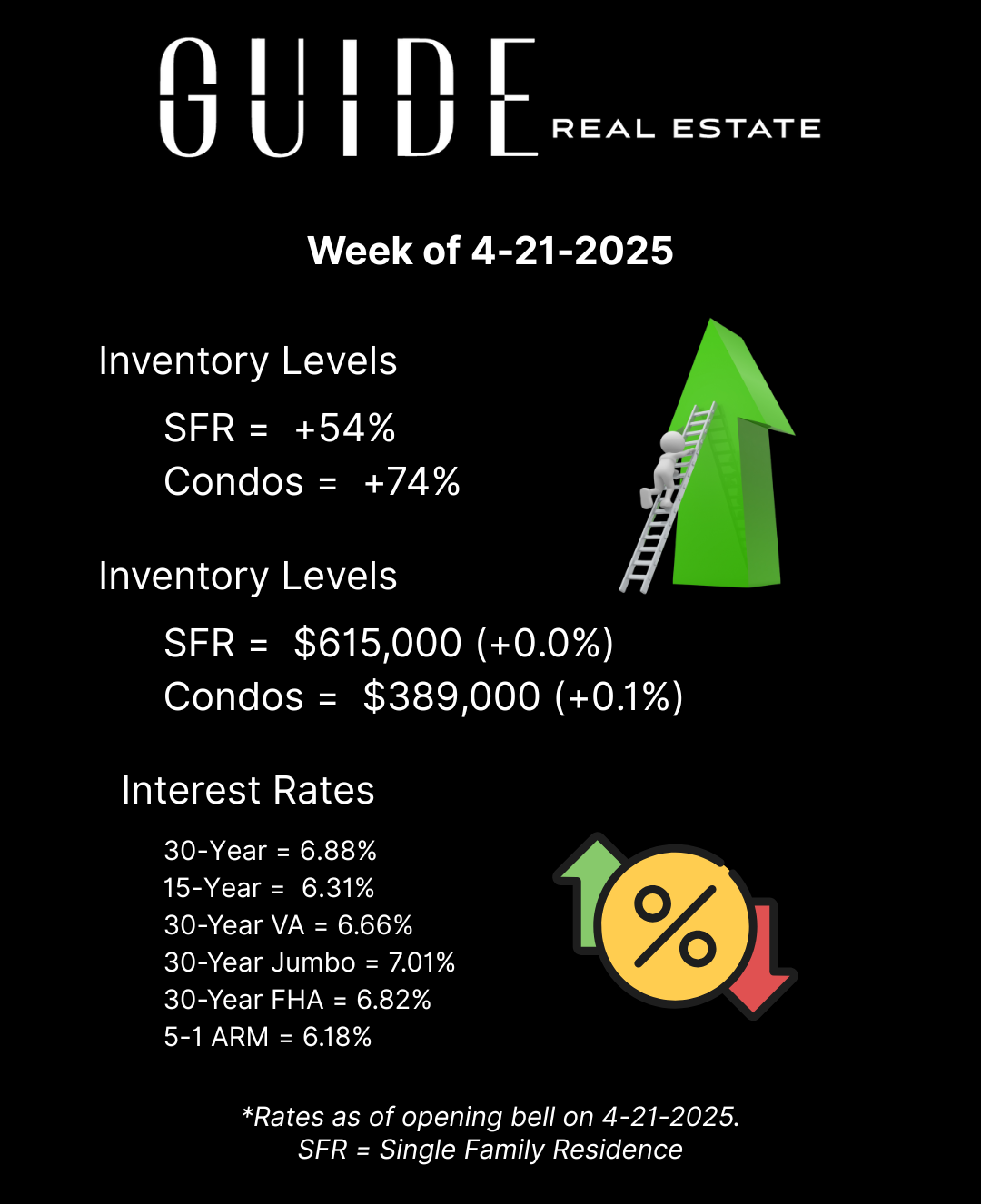What’s Happening?
In brief, a group of attorneys brought a class action lawsuit in Missouri against NAR and won. The lawsuit challenges certain practices within the real estate industry, particularly those surrounding Realtor compensation and the advertising of it. The settlement marks a significant shift in how these practices will need to be handled going forward. Changes took effect locally on August 15, 2024.
HELPFUL FAQ LINK
For Buyers:
Buyers will be expected to sign and acknowledge they are aware of their financial responsibilities via a state approved disclosure/agreement with the ‘Showing Agent’ prior to any showings occurring. Within the Exclusive Right-To-Buy Listing Contract, the most noticeable changes will be under Section 7.3 Who Will Pay Brokerage Firm’s Success Fee. I will review this very carefully, thoroughly and in full detail. The adjusted options are.
· 7.3.1 Seller’s Brokerage Firm or Seller May Pay. Buyer IS Obligated to Pay.
· 7.3.2 Buyer Will Pay.
Now remember, everything is negotiable from items within this contract to items within the Contract to Buy-And-Sell Real Estate. You can get creative and negotiate the showing of one property, multiple properties over one weekend, a specific territory, dive in with your Agent for a 3- or 6-month commitment and/or far more. Beware of what you read and hear in the media. Please know that the compensation for Buyers Agents has not vanished into thin air. It’s simply a matter of who is going to be responsible for some or all of it + how much the Buyer Agent compensation is.
….AND NEVER FORGET THE GOLDEN RULE!
YOU GET WHAT YOU PAY FOR.
So once again, beware for those deals that seem too good to be true! If saving Agent Compensation on one of the largest purchases of your life is high priority to you, just know that you might be carrying much higher risk and actually paying far more for the home than that compensation might have been. I ALWAYS suggest going with an educated advocate who will substantially reduce your risk.
Pros:
· More transparency and conversations about how compensation is handled, what the maximum compensation can be, and who is responsible for it. This should allow for better-informed decision making.
Cons:
· If Buyers have to cover the Buyer Agent compensation; they might have less buying power, making their offer less desirable. If a flat rate or discount Buyer Agent is representing the Buyer, the Buyer could run the risk of less or non-transparent communication, rushed decision making, higher liability during the transaction or after closing.
· Reminder that rolling Buyer Agent compensation into a mortgage is strictly prohibited by federal law. This may change over time, but for now, if the Seller is not covering the Buyer Agent Compensation, or a portion of it, then it will come out of the pocket of the Buyer at Closing.
For Investors:
Pros: The evolving landscape could present new opportunities to strategize deals with greater clarity on costs. Opportunities for private financing could become more popular.
Cons: As with any change, there may be a period of adjustment as the market finds its footing. Inventory levels could be an issue if Buyers have to target less expensive homes and take on more projects due to less buying power (Buyer Agent Compensation Responsibilities).

